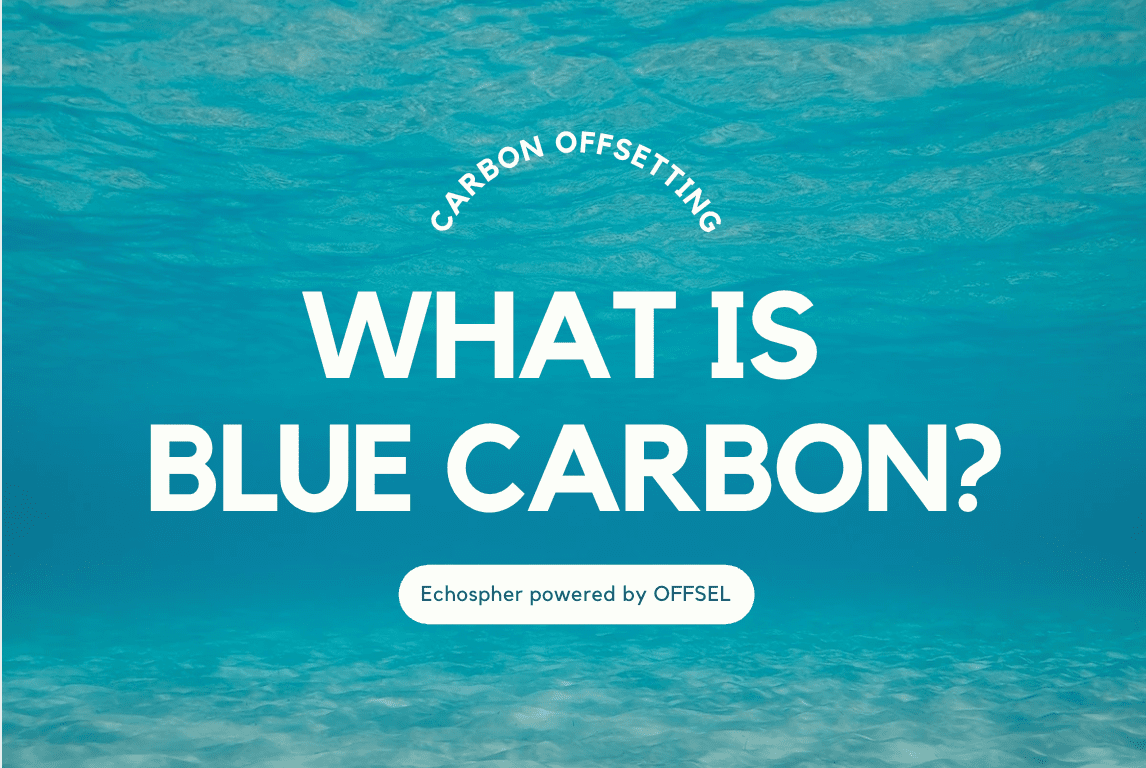What is the Emission Reduction Fund(ERF)?
- CO2-reduction

The ERF (Emissions Reduction Fund) of Australia is a greenhouse gas (GHG) reduction policy introduced in 2014. The ERF provides a mechanism where the government awards carbon credits (Australian Carbon Credit Units, ACCU) to businesses and organizations that advance projects to reduce emissions, allowing these credits to be traded in the market.
What is the Emission Reduction Fund?
The primary goal of the Emission Reduction Fund is to support Australia’s commitment to reducing greenhouse gas emissions in line with international agreements, such as the Paris Agreement. The ERF aims to:
- Incentivize Emission Reduction: Provide financial incentives for businesses, farmers, and land managers to adopt new practices and technologies that reduce emissions.
- Promote Sustainable Practices: Encourage the adoption of environmentally sustainable practices across various sectors, including agriculture, waste management, and energy.
- Support Australia’s Emission Reduction Targets: Contribute to meeting national targets for reducing greenhouse gas emissions.
Development of CFI (Carbon Farming Initiative)
ERF is an expansion and development of the Carbon Farming Initiative (CFI), which was originally introduced in 2011. While the CFI was aimed at reducing emissions in the agricultural and forestry sectors, the ERF has broadened the scope of emissions reduction projects to include a diverse range of industrial sectors.
ERF Auction
Under the ERF, the government periodically holds auctions and contracts to purchase ACCUs from companies and organizations implementing emissions reduction projects. This allows governments to promote emissions reductions and project implementers to receive credits.
market mechanism
Under ERF, ACCUs are expected to be traded on the market, and emission reduction project implementers can earn profits by selling credits. Companies and organizations can also purchase credits to offset their own emissions.
Greenhouse gas emissions reporting and verification
Companies and organizations participating in the ERF are required to report their project’s emissions reductions and have them verified by an independent verification organization. This ensures that emissions reduction effects are accurately assessed and reliable.
Safeguard Mechanism
The ERF has safeguard mechanisms in place, requiring large-scale emitters not to exceed standard emissions. This safeguard mechanism serves to prevent large emitters from escalating their emissions while the ERF promotes emissions reductions.
Benefits of Emission Reduction Fund(ERF)
Reduction of Greenhouse Gas Emissions
The ERF is pivotal in Australia’s climate change strategy, targeting a substantial decrease in greenhouse gas emissions. This is achieved by funding projects that either reduce or avoid the emission of harmful gases, directly contributing to global efforts to mitigate climate change. The fund helps Australia meet its commitments under international climate agreements like the Paris Accord, ensuring a proactive approach to environmental stewardship.
Economic and Technological Innovation
The fund encourages companies and organizations to develop and implement innovative, sustainable technologies and practices. This not only leads to a reduction in emissions but also fosters economic growth by stimulating new markets and industries focused on green technologies. The financial incentives provided by the ERF make investment in sustainable practices more attractive and viable, driving economic progress alongside environmental conservation.
Enhancement of Air Quality and Public Healtt
By targeting a reduction in emissions, particularly from heavy industries and agricultural activities, the ERF has a significant positive impact on air quality. Improved air quality leads to better health outcomes for the population, reducing the prevalence of respiratory and cardiovascular diseases often associated with pollution. This aspect of the ERF underscores the direct link between environmental policy and public health benefits.
Boosting Renewable Energy and Job Creation
The ERF plays a crucial role in promoting renewable energy projects, such as solar and wind power generation. This not only diversifies and strengthens the energy sector but also helps in the gradual transition away from fossil fuels. Moreover, the development and maintenance of renewable energy projects create numerous job opportunities, contributing to a growing green economy with skilled positions in engineering, project management, and technical support.
Conservation of Natural Resources and Biodiversity
A significant portion of the ERF is directed towards projects that involve conservation of land, forests, and waterways, leading to enhanced biodiversity and ecosystem health. Activities like reforestation, sustainable land management, and protection of natural habitats are crucial for maintaining ecological balance. These projects not only sequester carbon but also protect wildlife, preserve water resources, and maintain soil quality, ensuring long-term environmental sustainability.
CONTACT US
Please feel free to contact us at anytime.
We will get back to you as soon as we
can!
Editor
OFFSEL Owned by Erevista Inc, OFFSEL is specializes in Environmental issues, especially in carbon neutrality. We primarily provide the latest information on environmental energy.
Related articles
-

- CO2-reduction
-

- CO2-reduction
-

- CO2-reduction
-

- CO2-reduction
